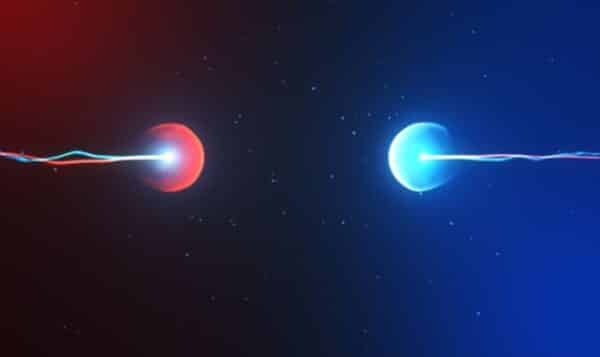Fasten your cosmic seat belts, and get ready to embark on an interstellar adventure that will uncover the mysteries beyond earthly confines. Prepare to gaze upon a universe that’s far more bizarre and whimsical than any science fiction novel. From planets made of diamond to mysterious cosmic radio bursts, the universe never ceases to perplex and amaze. So, step aboard this virtual spaceship as you travel light-years to bring you face-to-face with the most otherworldly phenomena. Let’s launch into this exploration of the truly extraordinary!
Contents
Black Holes

Black holes are some of the most mysterious objects in space. These strange objects are so dense that nothing, not even light, can escape from them. They are formed when a star collapses in on itself, and they can be incredibly massive – millions or even billions of times the mass of our sun!
Scientists have known about black holes for centuries, but it was only recently that they were able to study them in detail. Thanks to advances in astronomy and physics, we now know a lot about these enigmatic objects. For example, we know that black holes can emit huge amounts of energy as they consume matter. We also know that they can cause gravitational lensing, which is where the gravity of the black hole bends light from other stars around it. This can cause some pretty strange effects, like making two stars appear to be one!
There are still many mysteries surrounding black holes, and scientists are continuing to study them in hopes of uncovering more secrets about these fascinating objects.
Exoplanets

The only planets known to humanity until around the early 1990s were those from our own solar system. As of November 2010, more than 500 extrasolar planets have been discovered. The first exoplanets were discovered in the early 1980s, and since then, scientists have been finding them at an increasing rate. The most common type is around a third of a Jupiter mass or less; others are bigger than Earth. They range from gas planets with masses approaching that of stars to tiny rocky ones orbiting dim red dwarfs. Exoplanets can be found in all sorts of orbits, including tight elliptical ones and weirdly-shaped ones like a rugby ball.
Some exoplanets have been found to be incredibly hospitable to life, while others are incredibly hostile. The discovery of the Gliese system has caused quite a stir in the scientific community, as it contains three planets that are potentially habitable. One of these planets, Gliese-581 d, is located in the Goldilocks zone – the perfect distance from its star for liquid water to exist on its surface!
Rogue Planets

A rogue planet is a planetary-mass object that does not orbit a star. These strange objects are thought to be either very young planets that have not yet been gravitationally bound to a star or failed stars that were ejected from their stellar system. Rogue planets are incredibly difficult to detect, as they do not emit any light of their own and can be very far away from Earth.
As of 2018, only a handful of rogue planets have been discovered. However, it is thought that there could be billions of them in the Milky Way alone! Scientists are still trying to figure out how these strange objects form and where they come from.
Antimatter

Antimatter is a strange and mysterious substance. It is the opposite of matter, meaning that it has the same mass but the opposite charge. When matter and antimatter come into contact, they annihilate each other in a massive explosion!
It is still not fully understood how antimatter is created, but scientists know that it is very rare. In fact, the amount of antimatter that has been detected in the entire universe is about the same as a single grain of sand! Scientists are working hard to figure out where this strange substance comes from and what its purpose is.
Dark Matter

Dark matter is thought to make up the bulk of the universe’s matter, but it can’t be seen or detected using current technology. Dark matter can take many forms, ranging from light-weight neutrinos to undetectable black holes. Some scientists believe that dark matter is nothing more than a myth and propose that the riddles it was intended to solve might be resolved by a deeper knowledge of gravity. It has even been suggested that dark matter is actually just regular matter in a new and unknown form!
Scientists have been trying to figure out the nature of dark matter for many years, but so far, they have had little success. However, they continue to search for this strange substance in the hopes of understanding it better.
Vacuum Energy

According to quantum physics, contrary to appearances, empty space is a boiling brew of virtual subatomic particles that are constantly being generated and destroyed. Every cubic centimeter of space has a unique energy that, according to general relativity, generates an anti-gravitational force that pushes space apart. Nobody knows what is truly behind the accelerated expansion of the cosmos. One possibility is that it is due to a fundamental property of empty space itself.
The existence of vacuum energy was first proposed by Albert Einstein in the early 1900s. However, it was not until the late 1990s that scientists finally had enough evidence to confirm its existence. Even today, scientists are still trying to understand the nature of this strange phenomenon.
Conclusion
The universe is a strange and mysterious place, full of weird and wonderful things. These are just a few of the strangest things that have been found in space! We can only imagine what else is out there, waiting to be discovered. Who knows what the future holds for our understanding of the cosmos?